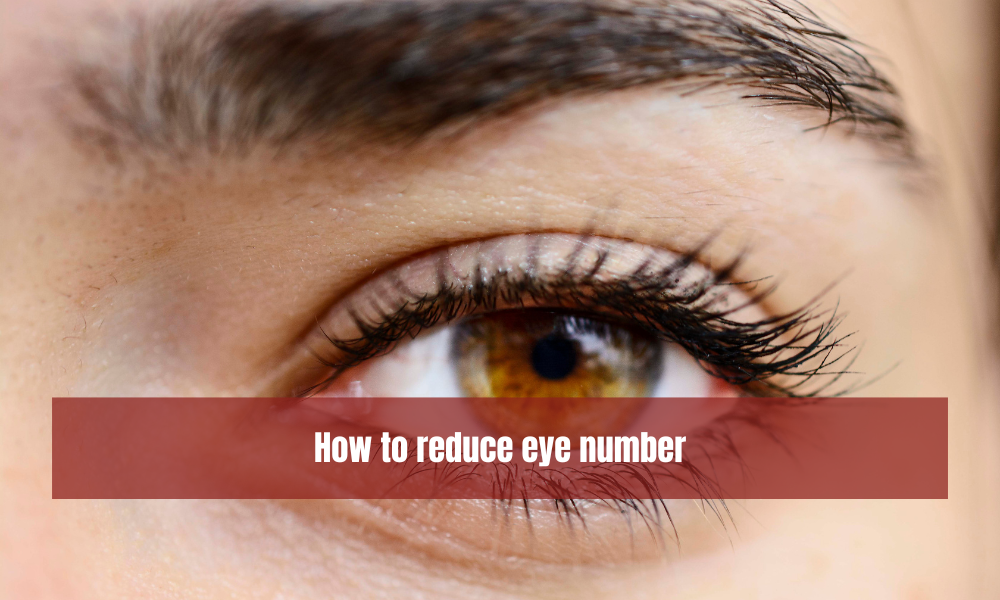In today’s digital age, many of us spend countless hours staring at screens, whether it’s for work, entertainment, or simply staying connected. However, prolonged screen time can lead to eye strain and discomfort, often referred to as computer vision syndrome (CVS). Fortunately, there are several strategies you can implement to reduce eye strain and promote eye health. Here are some tips to help you alleviate eye discomfort and maintain optimal vision:
Adjust Screen Settings
One of the simplest ways to reduce eye strain is by adjusting the settings on your digital devices. Start by optimizing the brightness and contrast of your screen to a level that is comfortable for your eyes. Additionally, consider adjusting the text size and font to make it easier to read without squinting or straining.
Follow the 20-20-20 Rule
To give your eyes a break from constant screen time, follow the 20-20-20 rule. This rule suggests that every 20 minutes, you should take a break and focus on an object at least 20 feet away for at least 20 seconds. This brief pause allows your eyes to relax and reduces the risk of eye fatigue.
Proper Lighting
Proper lighting is essential for reducing eye strain. Avoid glare and harsh reflections by positioning your screen away from windows or bright light sources. Instead, opt for indirect lighting that illuminates your workspace evenly. Additionally, consider using a desk lamp with adjustable brightness to reduce eyestrain.
Blink Frequently
When staring at screens, many people tend to blink less frequently, which can lead to dry eyes and discomfort. Make a conscious effort to blink regularly to keep your eyes moist and prevent dryness. Consider using artificial tears to lubricate your eyes if they feel dry or irritated.
Take Regular Breaks
In addition to following the 20-20-20 rule, it’s essential to take regular breaks from screen time. Stand up, stretch, and move around to alleviate tension in your neck and shoulders. Use breaks as an opportunity to rest your eyes and engage in activities that don’t require screen use, such as taking a short walk or practicing mindfulness.
Use Blue Light Filters
Exposure to blue light emitted by digital screens can disrupt your circadian rhythm and contribute to eye strain. Consider using blue light filters or night mode settings on your devices, especially in the evening, to reduce exposure to harmful blue light and promote better sleep quality.
Maintain Proper Ergonomics
Proper ergonomics can play a significant role in reducing eye strain and promoting overall comfort during extended screen use. Ensure that your workspace is set up correctly, with your screen positioned at eye level and your chair providing adequate support for your back. Additionally, consider using a document holder to reduce neck strain when referring to printed materials while working on a computer.
Get Regular Eye Exams
Regular eye exams are essential for maintaining optimal vision and identifying any underlying eye conditions that may contribute to eye strain. Schedule comprehensive eye exams with an optometrist or ophthalmologist at least once a year to monitor your eye health and address any concerns promptly.
By implementing these tips into your daily routine, you can reduce eye strain and promote eye health in the digital age. Remember to prioritize self-care and listen to your body’s signals to prevent long-term eye problems. If you experience persistent eye discomfort or vision changes, consult with a qualified eye care professional for personalized recommendations.

